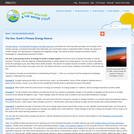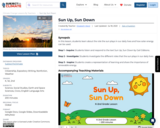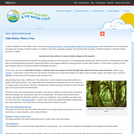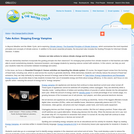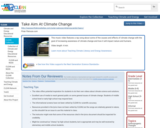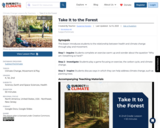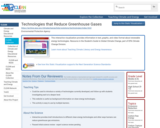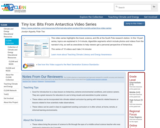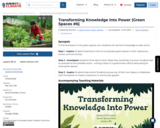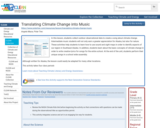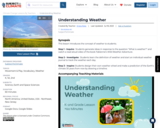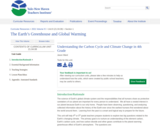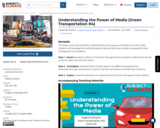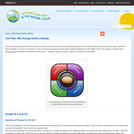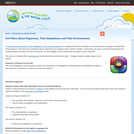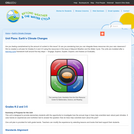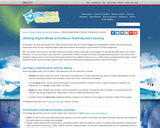SYNOPSIS: In this lesson, students use a base number (1,000, 100, or …
SYNOPSIS: In this lesson, students use a base number (1,000, 100, or 20) to compare the numbers of extinct, endangered, and vulnerable species and consider how their actions can help protect animals and plants.
SCIENTIST NOTES: This lesson lets students build their capacity to quantify and have a sense of the state of biodiversity in their community. This activity enables them to have a grip of species richness and conditions that impact biodiversity, track changes to biodiversity loss, and learn ways to protect biodiversity loss. All materials embedded in the lesson are credible. As a result, this lesson has passed our credibility review process.
POSITIVES:
-Students will consider how responsible decision-making impacts them and their environment directly.
-Students will link the math skills of writing and comparing numbers to real-life applications.
-Students at all levels of proficiency with number sense can participate using differentiated materials.
ADDITIONAL PREREQUISITES:
-This is lesson 2 of 3 in our Number Sense and Biodiversity unit.
-This lesson reinforces concepts of place value by giving students partner and independent practice. Students should already have an understanding of place value to at least 1,000 to fully engage with the materials.
-The Teacher Script can be used as a guide during the Investigate section.
-Work in the 1,000 Number Packet could be done outside of the designated time for lessons if students are working independently and the given time isn’t sufficient.
-The Number Packets include teacher keys.
DIFFERENTIATION:
-Students can work independently or in groups to complete the Number Packet.
-The Number Packet has some numbers filled in for students to stay on track. More numbers could be added for support.
-For K-1st, there is a 100 Number Packet that converts the number of species on the list to 100, instead of 1,000.
-For early kindergarten, there is a 20 Number Packet that converts the number of species on the list to 20 and does not specify by category. The packet uses simple terms such as “in danger,” “not enough information,” and “not in danger.” If you choose to use this resource, do not use the IUCN category vocabulary cards.
